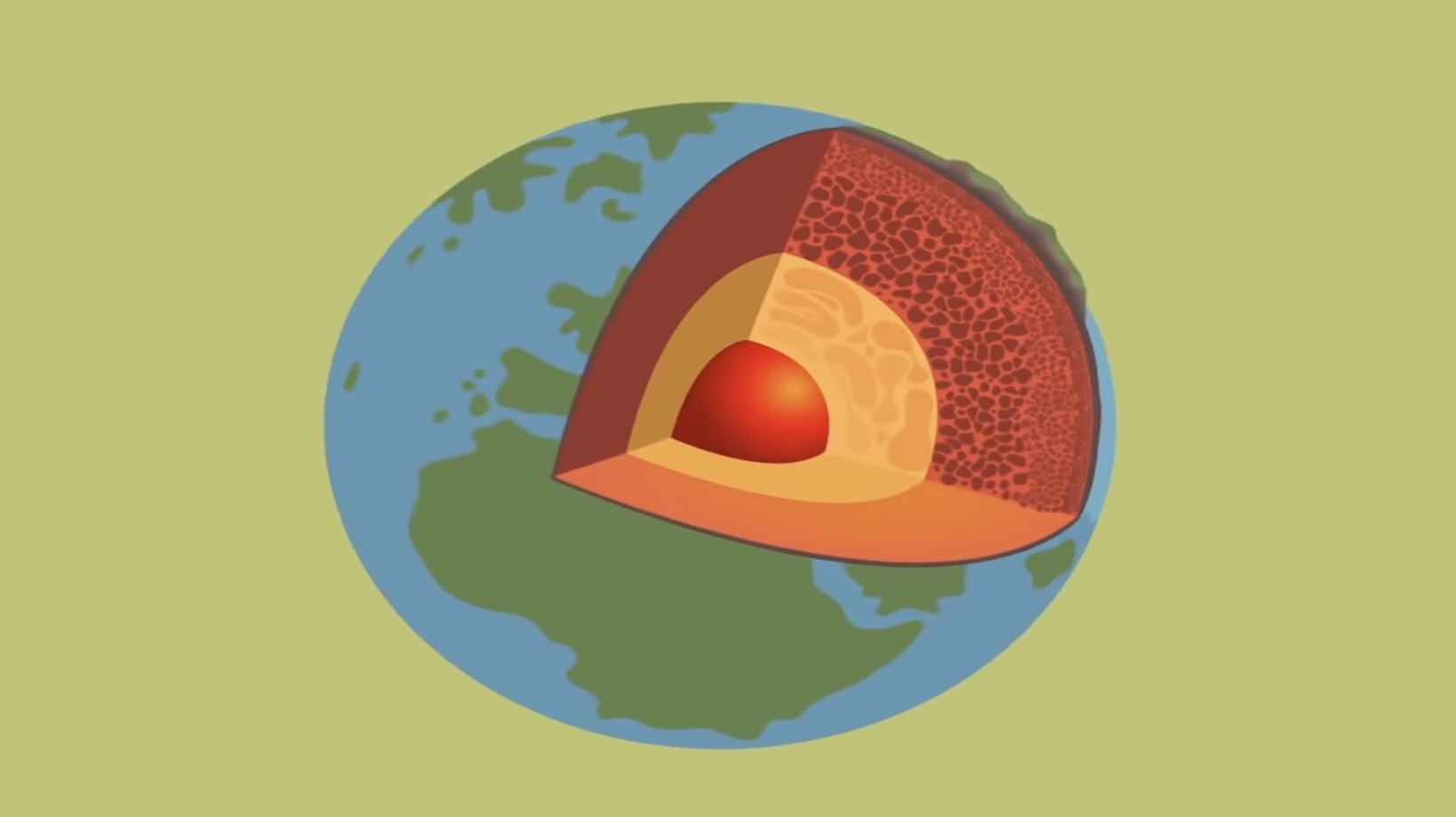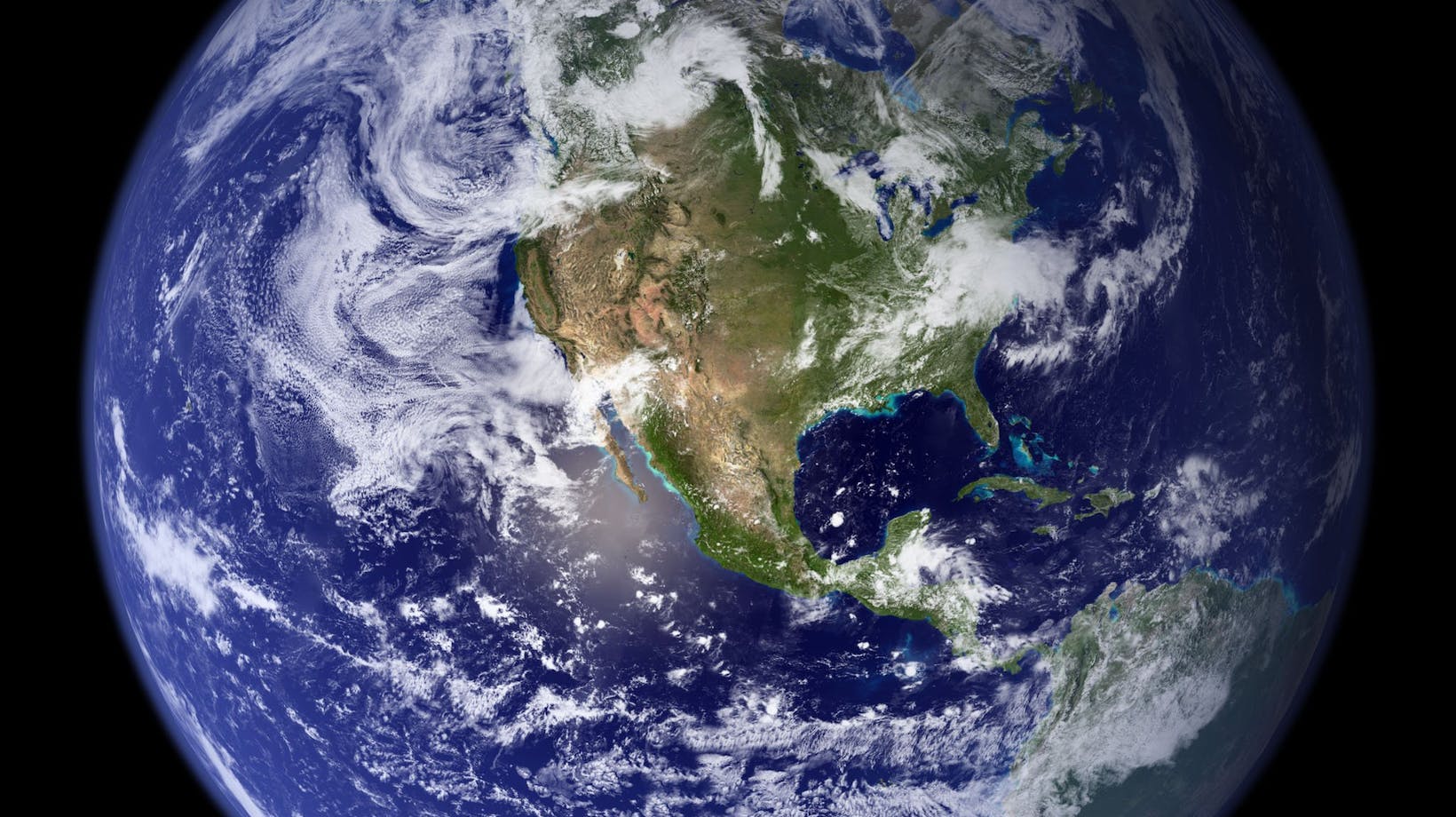
Layers of the Earth
Delving deeper into the different layers of the Earth, it’s essential to grasp their unique characteristics and contributions to the planet’s overall structure. Not only does each layer vary in composition, but also in thickness, playing a vital role in Earth’s geological and geophysical properties.
Crust
The crust is the Earth’s outermost layer, a solid shell that harbors life and ecosystems. Varying in thickness, the crust stretches approximately 5 to 70 kilometers deep. It’s thinner beneath the oceans, known as the oceanic crust, and thicker beneath the continents, which is the continental crust. Composed primarily of silica-based rocks, the crust is where plate tectonics and volcanic activities are most evident. Its brittle nature often results in earthquakes when plates shift or collide.
Mantle
Beneath the crust lies the mantle, a thick, solid layer of silicate rocks that extends down about 2,900 kilometers. It’s the largest layer by volume, accounting for close to 84% of Earth’s total volume. The mantle is divided into the upper and lower mantle, characterized by varying temperatures and pressures resulting in different rock behaviors. The high viscosity of the upper mantle allows for slow-moving but convective currents, driving the movement of the tectonic plates resting above.
Outer Core
The outer core is a fluid layer rich in iron and nickel. Stretching down from the mantle to about 2,200 kilometers, it’s here where the convection of molten metal generates Earth’s magnetic field. The outer core’s liquid state significantly impacts the transmission of seismic waves, helping scientists study the interior of the planet.
Inner Core
Contrasting the fluid outer layer, the inner core is a dense, solid sphere composed mainly of iron and nickel. Despite the intense heat, it remains solid due to the extreme pressure exerted upon it. The inner core reaches depths up to 5,100 kilometers. Its solid state and compositional elements also play a role in the geodynamo effect that sustains the Earth’s magnetic field.
As we explore further, it becomes clear that while the mantle stands out in terms of volume, the core—especially the inner core—holds the title for the most extreme conditions and characteristics. Each layer, from the crust down to the core, intertwines to form a complex and dynamic system, which is essential for maintaining life as we know it on the planet.

Which Layer of Earth Possesses the Greatest Thickness
Delving deeper into the Earth’s structure reveals that the mantle holds the title for the thickest layer. Encompassing a staggering 2,900 kilometers of the Earth’s interior, the mantle stands out not just in thickness but also in its role as the keeper of the planet’s thermal and mechanical dynamics.
The mantle’s colossal thickness is a product of various materials undergoing high pressure and temperature conditions. It consists primarily of silicate rocks richer in magnesium and iron than those found in the crust. These conditions facilitate the slow movement of rock, a process that influences everything from volcanic activity to mountain formation.
Upper and Lower Mantle The mantle itself is subdivided into two main regions: the upper and lower mantle. The upper mantle extends from the crust down to 670 kilometers, while the lower mantle stretches from this boundary all the way to the outer core.
- The upper mantle is involved in the tectonic activity that shapes the Earth’s landscape.
- The lower mantle’s behavior influences the long-term evolution of the planet.
Interactions between these two regions and the crust above result in geological phenomena such as earthquakes and the creation of new crust at mid-ocean ridges.
Despite the prominence of the mantle in terms of volume and influence, it’s the core that reigns supreme in terms of density and weight. The core’s makeup of iron and nickel gives it a greater mass but lesser volume than the mantle. This dense core is pivotal to generating the Earth’s magnetic field, which is essential for life as it shields the planet from solar and cosmic radiation.
Mantle Convection Mantle convection is another critical aspect facilitated by this layer’s impressive thickness. Hot materials rise from the lower mantle to the cooler upper regions, then sink back down, creating a cycle that carries heat from the Earth’s interior to its surface. This convection is responsible for the horizontal movement of the tectonic plates.
As research continues, scientists gain more insights into the dynamic processes at work within the mantle. Advances in technology are allowing for a deeper understanding of how the Earth’s layers interact and the effects on the planet’s surface environment.












